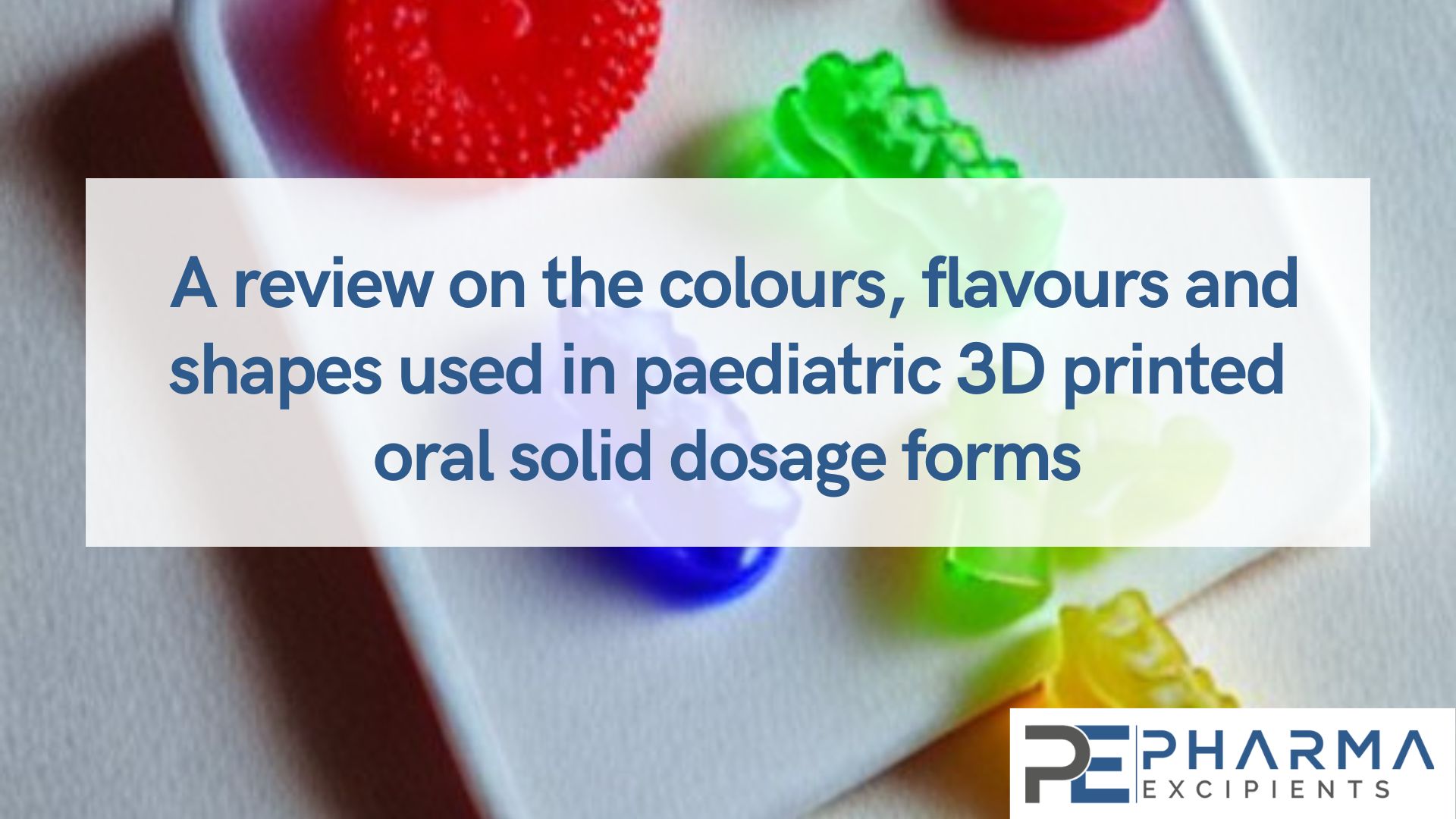3D Printed Pharmaceutical Systems for Personalized Treatment in Metabolic Syndrome

The current healthcare system is widely based on the concept of “one size fit for all”, which emphasizes treating a disease by prescribing the same drug to all patients with equivalent doses and dosing frequency. This medical treatment scenario has shown varied responses with either no or weak pharmacological effects and exaggerated adverse reactions preceded by more patient complications. The hitches to the concept of “one size fits all” have devoted the attention of many researchers to unlocking the concept of personalized medicine (PM). PM delivers customized therapy with the highest safety margin for an individual patient’s needs. PM has the potential to revolutionize the current healthcare system and pave the way to alter drug choices and doses according to a patient’s clinical responses, providing physicians with the best treatment outcomes.
The 3D printing technique is a solid-form fabrication method whereby successive layers of materials based on computer-aided designs were deposited to form 3D structures. The 3D printed formulation achieves PM goals by delivering the desired dose according to patient needs and drug release profile to achieve a patient’s personal therapeutic and nutritional needs. This pre-designed drug release profile attains optimum absorption and distribution, exhibiting maximum efficacy and safety profiles. This review aims to focus on the role of the 3D printing technique as a promising tool to design PM in metabolic syndrome (MS).
1. Introduction
Download the full review as PDF here: 3D Printed Pharmaceutical Systems for Personalized Treatment in Metabolic Syndrome
or read it here
Alqahtani, A.A.; Ahmed, M.M.; Mohammed, A.A.; Ahmad, J. 3D Printed Pharmaceutical Systems for Personalized Treatment in Metabolic Syndrome. Pharmaceutics 2023, 15, 1152.
https://doi.org/10.3390/pharmaceutics15041152
Read more on “3D printed oral solid dosage forms” here


